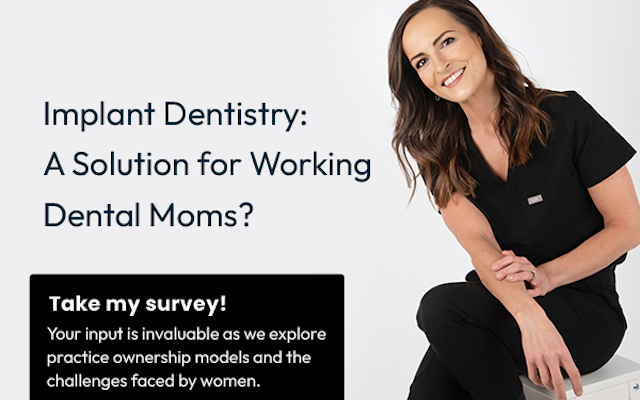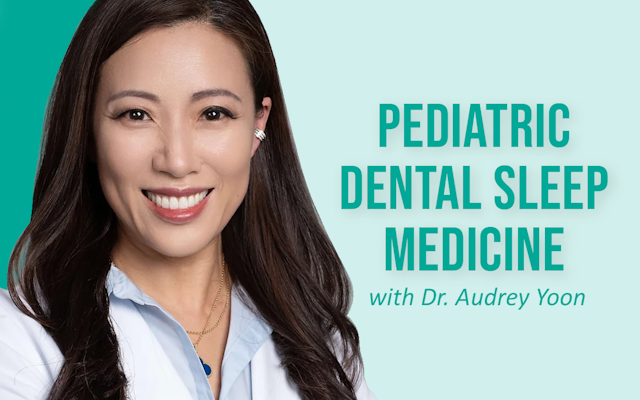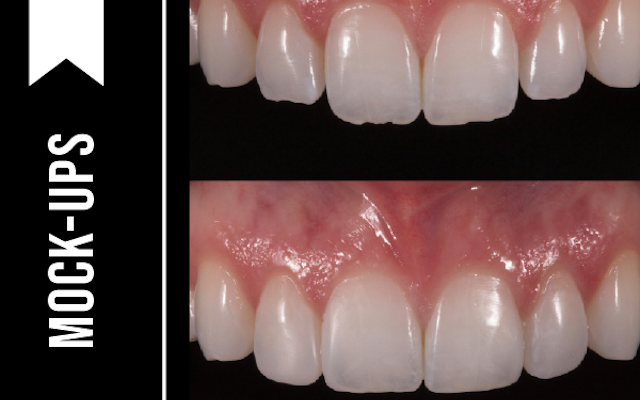The blessing we bestow upon our patients: “If you brush, floss and come see us twice a year everything is going to be alright” is a dental sin. You may be a non-believer, but statistics prove me right. 47.2% of all adults have some form of periodontal disease, including 70% of adults over 65. These are facts. The correct approach is not working for half our population. As for me, I am a believer in brushing, flossing and going to the dentist. I just feel it needs adjusting. If we want to see different results, we must look at this in a different way.
Mechanical is great but it’s only mechanical
Brushing, flossing with string, flossing with water, general interdental cleaning are all forms of mechanical removal. There’s no debate that brushing and interdental cleaning are important. These methods play a critical role in improved oral hygiene. But, the actual definition of mechanical removal is “picking up germs and throwing them away, instead of killing them with chemicals or heat. Brushing and flossing are simply detaching SOME of the plaque from the tooth and adding it to our saliva mixed with some toothpaste (for fresh breath of course), then spitting it all out. It doesn’t do anything to help the patient fight an active infection, nor does it kill any microbes that cause disease. If our goal is to reduce gum disease, brushing and flossing are not enough.
Therapeutic can help
Therapeutic options take some of the best aspects of mechanical and systemic removal and add them to everyday care. Rinses are the main tool that fall into this category. This is where we can make a significant impact on oral health because a rinse is easy for patients to use. Some rinses not only kill bacteria but also reduce viruses, fungi, volatile sulfur compounds (VSCs), as well as breaking up biofilm. All of which contribute to a number of oral diseases, including gum disease. It is important to note, however, that the criteria for choosing rinses should be rigorous, because not all rinses have all these abilities, nor can they all be used long term. For example: Chlorhexidine is great at killing bacteria, but does nothing for viruses, fungi, biofilm, or VSCs and can’t be used long-term. In addition to its therapeutic limitations, it also creates more work with the accumulation of stain and calculus. We want to increase patient health, not create more work.
An active ingredient to look for in rinses is activated chlorine dioxide. It quickly kills the same bacteria as chlorhexidine, as well as other disease-causing pathogens, without the side effects (no staining--hooray!) and can be safely used every day long term. OraCare is a rinse that is available in dental practices that utilizes activated chlorine dioxide. This rinse also incorporates xylitol which only adds to its therapeutic benefits. Plus, it tastes great, patients will actually like using it.
Twice a year is not always enough
Not every patient is the same and their treatment should not be either. Some patients can come in twice a year and everything is great, others need to see us more often. As many as 40% of your patients may need to have cleanings every three or four months. Don’t let insurance companies drive your hygiene treatment plan. They are your patients and only you should decide their treatment.
Brothers and sisters, the crusade against gum disease needs to happen every day, but we must use new tools and a different thought process if we are going to convert patients to a healthy oral mucosa. Yes, preach to them about brushing and flossing but also add a daily therapeutic ritual and see some of your flock more often. You will see results and both you and your patients will become believers.

For more information on OraCare, visit: https://www.oracareproducts.com



